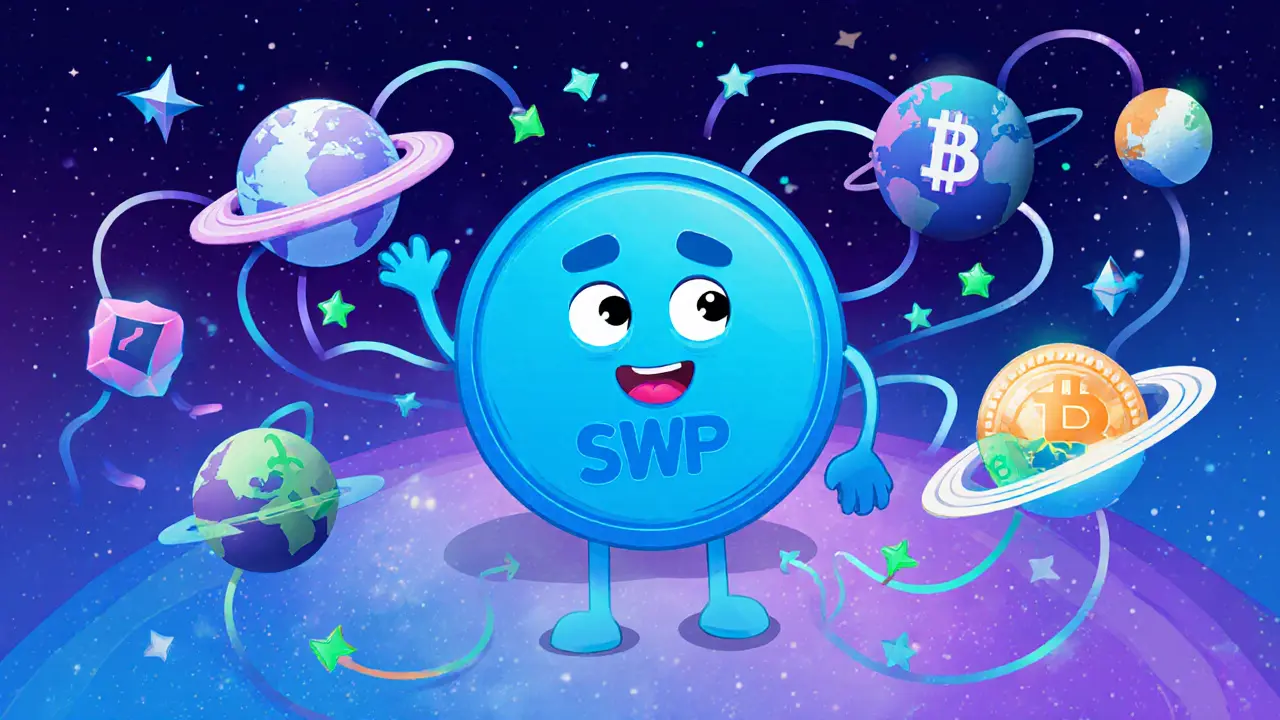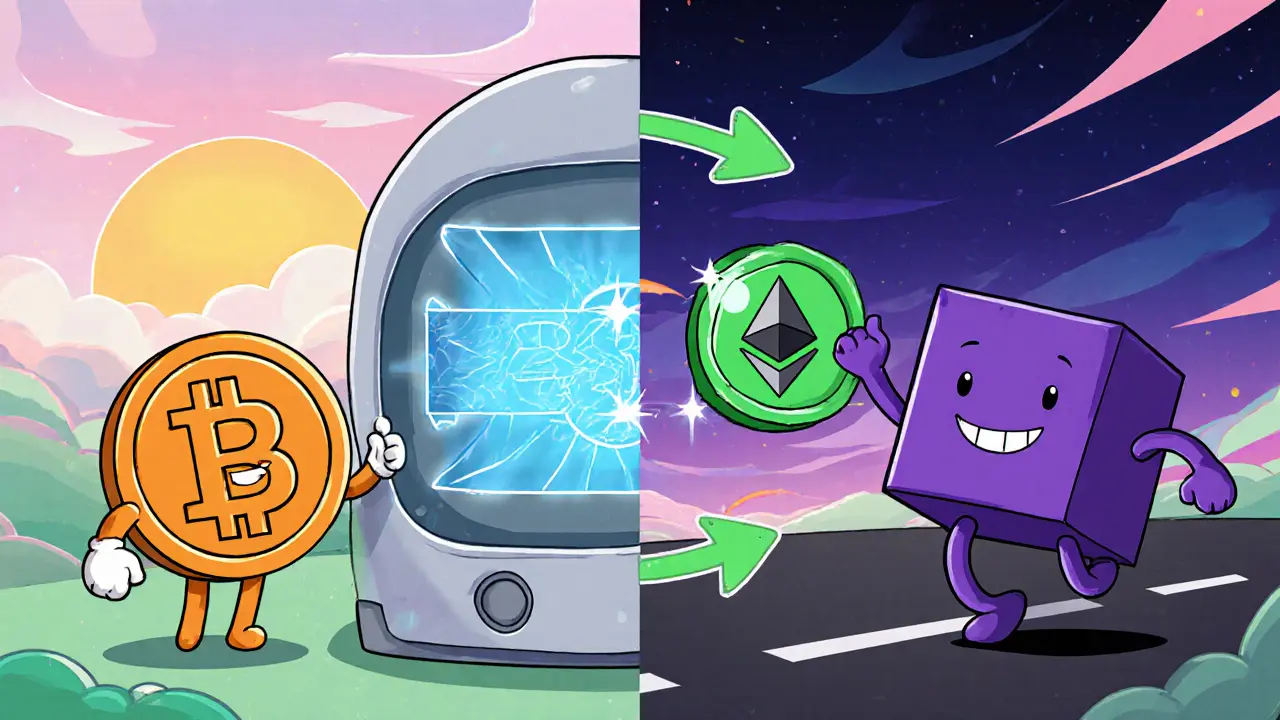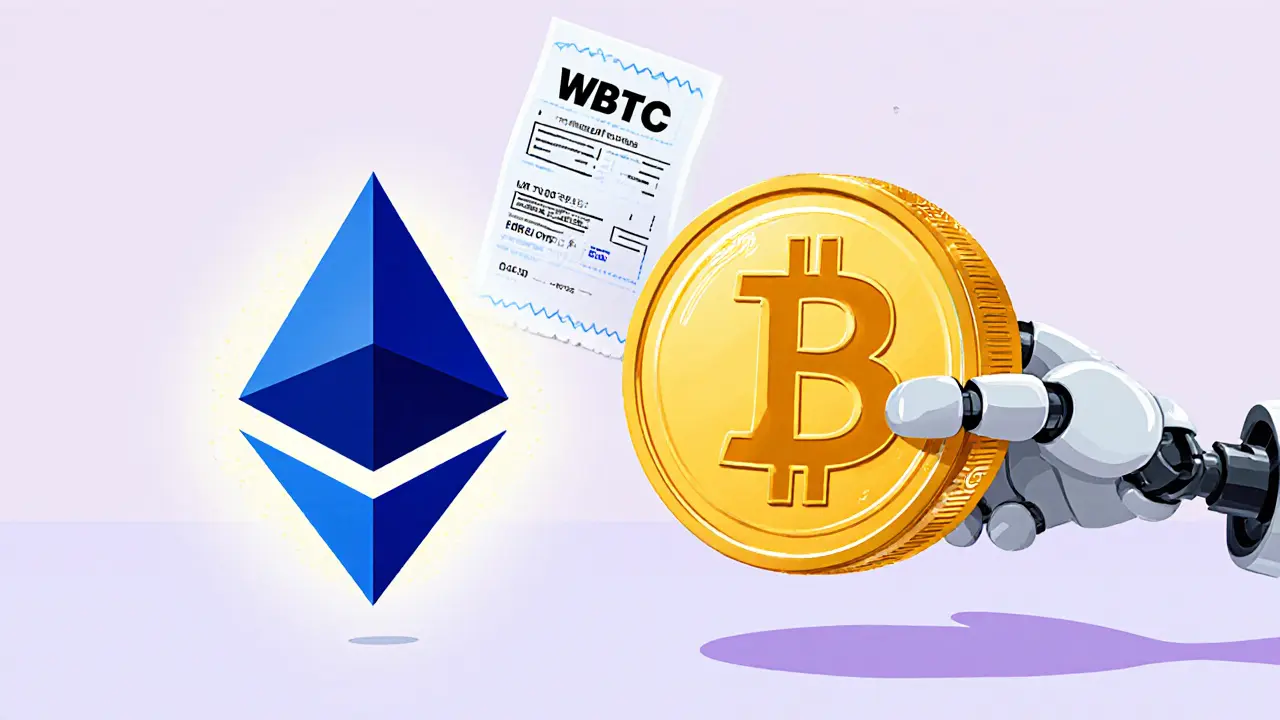- 24 Oct 2025
- Elara Crowthorne
- 18
Kava Swap (SWP) Token Explained: What It Is, How It Works, and Risks
A clear guide to Kava Swap (SWP) token-its purpose, technology, market data, risks, and future outlook-for anyone curious about this cross‑chain DeFi asset.



